
 |
| —*ADVERTISEMENT— |
 |
| CODE UPDATE | |
| Significant Code Changes to the 2012 International Energy Conservation Code | |
| (The information below is excerpted from the Significant Changes to the 2012 International Codes series.) | |
| The 2012 International Energy Conservation Code (IECC) was completely reorganized and renumbered for an easier and more user-friendly format. Although the format has changed, there should be little to no practical difference in the application and utilization of the code, other than it should be easier to identify specific code provisions. Click to continue reading more on this update to the 2012 IECC Significant Changes. |
|
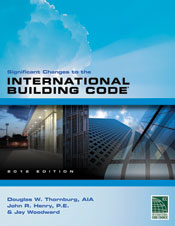  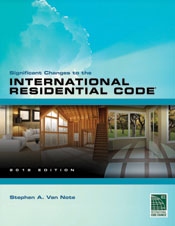  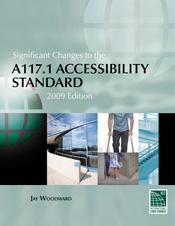 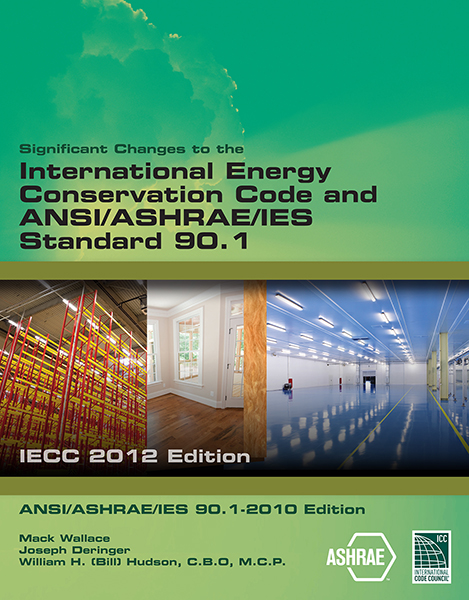 |
The Significant Changes to the 2012 International Codes series is designed to assist code officials, architects, engineers and other construction professionals transitioning from the 2009 to the 2012 editions of the International Codes. Authored by ICC code experts, the series offers a comprehensive yet practical analysis of hundreds of the most critical changes. Each color publication contains: revised code text; a summary of each change listed; in-depth change analysis; and a detailed photo, illustration or table for each change to deepen understanding. Coverage reflects provisions with special significance, including new and innovative design ideas and technologies, modern materials and methods of construction, and current approaches to safety and stability. |
| Back to top | |
| —*ADVERTISEMENT— |
 |
| CODE BASICS |
| Green, Based on the 2012 International Green Construction Code |
| (The information below is excerpted from the 2009 Building Code Basics series.) |
| The International Building Code requires inspections of the footing and foundation elements that support the building, and the International Green Construction Code (IgCC) requires additional specific inspections of the foundation subsoil drainage system (if installed), foundation dampproofing or waterproofing, and under-slab vapor protection.
Click to continue reading more on this excerpt from the Building Code Basics: Green, Based on the 2012 IgCC. |
| Back to top |
| —*ADVERTISEMENT— |
 |
| CODE HANDBOOK | |
| 2012 International Building Code Handbook | |
| (The information below is excerpted from the 2009 International Codes Q&A series.) | |
| The number of qualifying stories in a building is a contributing factor to the proper application of the code provisions. The IBC defines a story above grade plane as any story having its finished floor surface entirely above grade plane. Click to continue reading more on this excerpt from the 2012 International Building Code Handbook. |
|
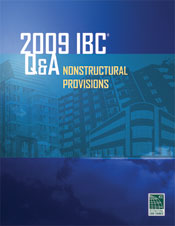 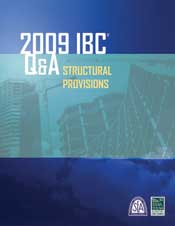 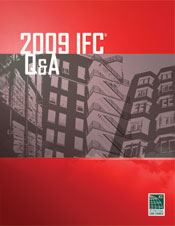 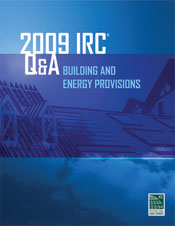 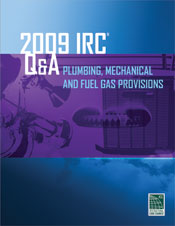 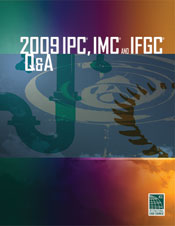 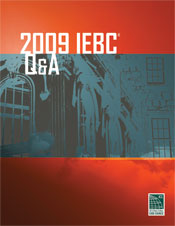 |
The 2009 Q&A series will assist engineers, architects, inspectors, fire and building officials, and plans examiners with finding answers to common code questions that arise during design, plan review, construction and daily code enforcement. Features: many new questions and answers; detailed photos, tables and illustrations that provide a clear understanding of both the intent and meaning of the code text; the relevant code section printed before the question and answer for easy reference; and discussion on a wide variety of topics. |
| Back to top |
 |